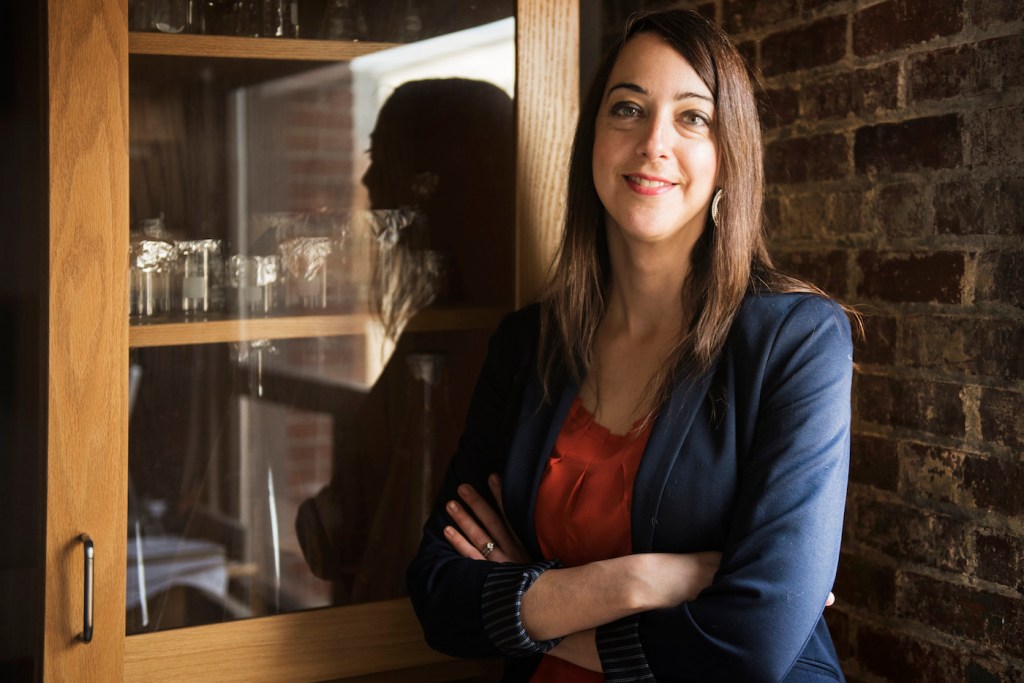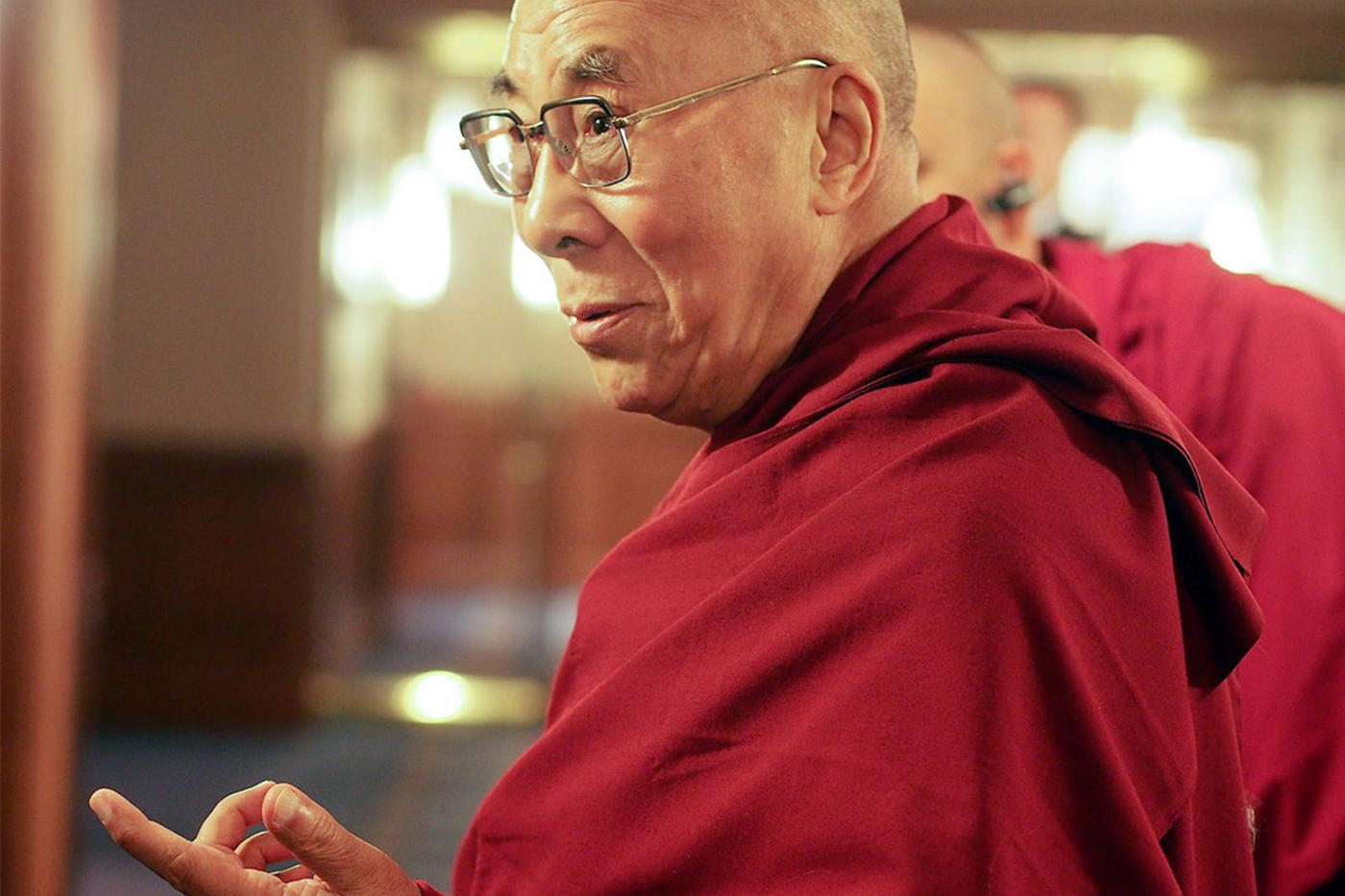Northeastern neuroscientist joins Dalai Lama to explore spirituality and science

What do Northeastern neuroscientist Rebecca Shansky and the Dalai Lama have in common? They are both interested in how people heal from trauma.
On Aug. 17, Shansky will join academic researchers, spiritual scholars, and African humanitarian leaders for a two-day conference in Botswana. The event, “Botho/Ubuntu: A Dialogue on Spirituality, Science and Humanity with the Dalai Lama,” will bring these diverse experts into conversation with each other to better understand how to help African communities mend after historical conflict.
Each speaker will share a different perspective on Ubuntu, an African philosophy that translates to “I am because you are.” In Western psychology, the concept is similar to empathy.
Examining stress one neuron at a time
While many of the researchers and scholars examine trauma at the community or individual level, Shansky investigates it a single neuron at a time. In her lab, researchers expose one group of animals to stress while the other group remains unstressed. By injecting single neurons in the brains of both groups with a fluorescent dye, Shansky can observe how stress causes individual neurons to change.
“We can collect a 3-D image of that neuron using a microscope, and then we can measure all the dendritic branches, all the spines, and all the synapses,” Shansky said. She has found that neurons undergo observable structural changes when animals experience stress.
A neuron looks a little bit like a tree limb with connected branches of varying size. The branches are called dendrites, and they are covered in buds, called spines, that receive stimuli. Over time, exposure to stress can cause the branches to change. They shrink and lose connectivity, muddling communication between neurons. Stress acts like an army of pruning tools, chopping the branches down and making it more difficult to get sunlight.
That lack of sunlight is like the lack of information passing from one neuron to another. This all occurs in an area of the brain called the prefrontal cortex, the decision-making control center. The prefrontal cortex also regulates emotion and social behavior. When an animal experiences stress and trauma and the neurons collectively shrivel and get clouded, that translates to structural changes in the prefrontal cortex.

On Aug. 17, Northeastern neuroscientist Rebecca Shansky will join the Dalai Lama, academic researchers, spiritual scholars, and African humanitarian leaders for a two-day conference in Botswana. The event will focus on how to help African communities mend after historical conflict. Photo by Christopher Michel on Flickr.
We’ve all felt the behavioral affects of stress.
“You’re going to have emotions that are maybe inappropriate, or you might say things that you don’t mean,” Shansky said. Now imagine that in the context of daily conflict over a long period of time. This is how conditions such as post-traumatic stress disorder develop.
In addition to studying the neurological response to stress, Shansky examines the different ways female and male animals respond to fear. Her lab discovered that contrary to long-held scientific belief, biological sex makes a difference in how frightened animals behave. Female mice often run around in a frenzy, while male mice freeze in place.
Understanding the underpinnings of fear and stress
If these neurological sex differences in the way animals respond to fear and stress translate to humans, there could be sweeping implications. Currently, most mental disorders are imbalanced in their prevalence in men and women, Shansky said. For example, depression and anxiety are more common in women, while schizophrenia and autism spectrum disorders are all more common in men—or so we’ve always thought.
“In reality, things might be more equal if you look at different symptoms,” Shansky said. And in terms of providing behavioral therapy, “It’s important to consider that it’s not a one-size-fits-all kind of treatment.”
Understanding the neurological underpinnings of fear and stress may help an individual, a community or a country address it more effectively. That’s why Shansky was invited to participate in the Botswana dialogue. She will share her findings with leaders from different cultures and backgrounds, all who take a completely different approach to tackling the challenge of healing from trauma.
“Everyone is very open-minded and understands that we’re there because we want to enrich each other’s world views,” Shansky said.





